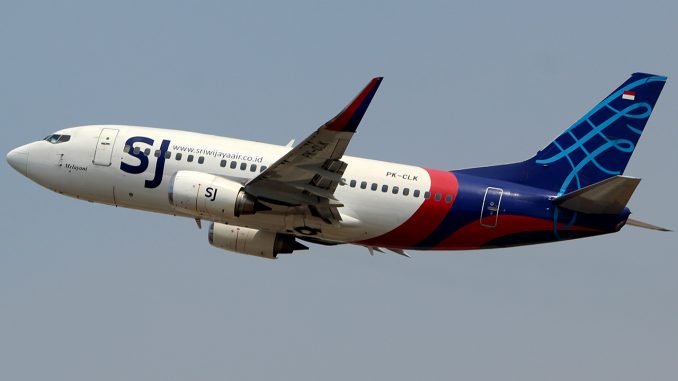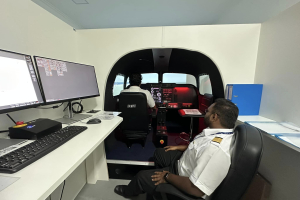Indonesia – The investigation into last month’s Sriwijaya Air crash in Indonesia, is focusing on the engine-control system of the Boeing Co. 737-500 jet, potentially posing another potential blow to the U.S. manufacturing giant as it emerges from the global grounding of its 737 Max following two other fatal crashes.
While Indonesia’s National Transportation Safety Committee is still trying to determine the exact cause of the crash, the left engine throttle lever was trimming back the power output just before the 26-year-old jet plunged into the sea, according to a family member who attended a briefing given by the regulator in Jakarta on Tuesday.
The NTSC hasn’t reached any conclusion on the cause of the crash, but they did say that there was an uncommanded backward movement of the left throttle lever while the autopilot was in operation
Rafik Alaydrus, husband of one of the passengers on board
A person familiar with the investigation told news outlet Bloomberg last month, that a malfunctioning automatic throttle was being considered as a reason for the pilots losing control by producing more thrust in one of the two engines. The device had been having problems on previous flights, according to the person. Unequal thrust can cause a plane to roll onto its side and descend abruptly.
Sriwijaya Air Flight 182 crashed into the Java Sea four minutes after takeoff from Jakarta’s main airport on Jan. 9, killing all 62 people on board. Searchers retrieved the flight-data recorder from the jet, but the memory module of the cockpit-voice recorder still hasn’t been found. The jet nosedived more than 10,000 feet (3,050 meters) in about 15 seconds, according to tracker Flightradar24. The NTSC had said that both engines appear to have been functioning prior to the plane hitting the water.





